Francisco M. Fernandez0849318777, 9780849318771
Table of contents :
Introduction to Perturbation Theory in Quantum Mechanics……Page 2
Preface……Page 4
Biography……Page 5
Contents……Page 6
1.2 Bound States……Page 10
1.2.2 Degenerate States……Page 13
1.3 Equations of Motion……Page 14
1.3.1 Time-Dependent Perturbation Theory……Page 15
1.3.2 One-Particle Systems……Page 16
1.4.1 Stationary States of the Anharmonic Oscillator……Page 17
1.4.2 Harmonic Oscillator with a Time-Dependent Perturbation……Page 18
1.4.3 Heisenberg Operators for Anharmonic Oscillators……Page 20
2.2 The Method of Dalgarno and Stewart……Page 22
2.2.1 The One-Dimensional Anharmonic Oscillator……Page 23
2.2.2 The Zeeman Effect in Hydrogen……Page 24
2.3 Logarithmic Perturbation Theory……Page 26
2.3.1 The One-Dimensional Anharmonic Oscillator……Page 27
2.3.2 The Zeeman Effect in Hydrogen……Page 28
2.4 The Method of Fernández and Castro……Page 29
2.4.1 The One-Dimensional Anharmonic Oscillator……Page 32
3.2 Hypervirial and Hellmann–Feynman Theorems……Page 35
3.3.1 One-Dimensional Models……Page 36
3.3.2 Central-Field Models……Page 40
3.3.3 More General Polynomial Perturbations……Page 45
3.4 Moment Method……Page 46
3.4.1 Exactly Solvable Cases……Page 47
3.4.2 Perturbation Theory by the Moment Method……Page 49
3.4.3 Nondegenerate Case……Page 50
3.4.4 Degenerate Case……Page 53
3.4.5 Relation to Other Methods: Modified Moment Method……Page 58
3.5 Perturbation Theory in Operator Form……Page 64
3.5.1 Illustrative Example: The Anharmonic Oscillator……Page 67
4.2.1 Parabolic Coordinates……Page 69
4.2.2 Spherical Coordinates……Page 72
4.3 The Zeeman Effect in Hydrogen……Page 78
4.4 The Hydrogen Molecular Ion……Page 84
4.5 The Delta Molecular Ion……Page 88
5.2 One-Dimensional Box Models……Page 90
5.2.1 Straightforward Integration……Page 91
5.2.2 The Method of Swenson and Danforth……Page 92
5.3 Spherical-Box Models……Page 96
5.3.1 The Method of Fernández and Castro……Page 97
5.3.2 The Method of Swenson and Danforth……Page 98
5.4 Perturbed Rigid Rotors……Page 102
5.4.1 Weak-Field Expansion by the Method of Fernández and Castro……Page 103
5.4.2 Weak-Field Expansion by the Method of Swenson and Danforth……Page 105
5.4.3 Strong-Field Expansion……Page 108
6.2 Convergence Properties of Power Series……Page 112
6.2.1 Straightforward Calculation of Singular Points from Power Series……Page 113
6.2.2 Implicit Equations……Page 115
6.3.1 Exactly Solvable Models……Page 116
6.3.2 NontrivialSimple Models……Page 118
6.4 Divergent Perturbation Series……Page 124
6.4.1 Anharmonic Oscillators……Page 125
6.5.1 The Effect of ˆ……Page 127
6.5.2 Intelligent Algebraic Approximants……Page 133
7.2 One-Dimensional Models……Page 144
7.2.1 Deep-Well Approximation……Page 145
7.2.2 Weak Attractive Interactions……Page 151
7.3 Central-Field Models……Page 154
7.4 Vibration-Rotational Spectra of Diatomic Molecules……Page 157
7.5 Large-N Expansion……Page 160
7.6 Improved Perturbation Series……Page 166
7.6.1 Shifted Large- Expansion……Page 168
7.6.2 Improved Shifted Large- Expansion……Page 170
7.7 Born–Oppenheimer Perturbation Theory……Page 171
8.2 On the Solutions of Second-Order Differential Equations……Page 180
8.3 The One-Dimensional Schrödinger Equation with a Finite Interaction Region……Page 181
8.4 The Born Approximation……Page 183
8.5 An Exactly Solvable Model: The Square Barrier……Page 185
8.6.1 Accurate Nonperturbative Calculation……Page 186
8.6.2 First Perturbation Method……Page 187
8.6.3 Second Perturbation Method……Page 188
8.6.4 Third Perturbation Method……Page 190
8.7 Perturbation Theory for Resonance Tunneling……Page 192
9.2 Dimensionless Classical Equations……Page 200
9.3 Polynomial Approximation……Page 201
9.3.1 Odd Force……Page 203
9.3.2 Period of the Motion……Page 204
9.3.4 Simple Pendulum……Page 206
9.4.2 General Poisson Brackets……Page 207
9.4.3 Canonical Transformations……Page 208
9.5 The Evolution Operator……Page 210
9.5.1 Simple Examples……Page 211
9.6 Secular Perturbation Theory……Page 213
9.6.1 Simple Examples……Page 214
9.6.2 Construction of Invariants by Perturbation Theory……Page 215
9.7 Canonical Perturbation Theory……Page 216
9.8 The Hypervirial Hellmann–Feynman Method (HHFM)……Page 220
9.8.1 One-Dimensional Models with Polynomial Potential-Energy Functions……Page 223
9.8.2 Radius of Convergence of the Canonical Perturbation Series……Page 224
9.8.3 Nonpolynomial Potential-Energy Function……Page 227
9.9 Central Forces……Page 230
9.9.1 ProblemPerturbedKepler……Page 231
Programs for Chapter 1……Page 235
Programs for Chapter 2……Page 236
Programs for Chapter 3……Page 239
Programs for Chapter 4……Page 241
Programs for Chapter 5……Page 243
Programs for Chapter 6……Page 244
Programs for Chapter 8……Page 245
Programs for Chapter 9……Page 246
Programs for the Appendixes……Page 250
Appendix A: Laplacian in Curvilinear Coordinates……Page 251
Appendix B: Ordinary Differential Equations with Constant Coefficients……Page 254
Appendix C: Canonical Transformations……Page 256
References……Page 259
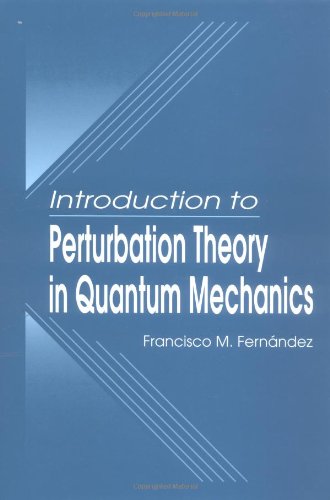
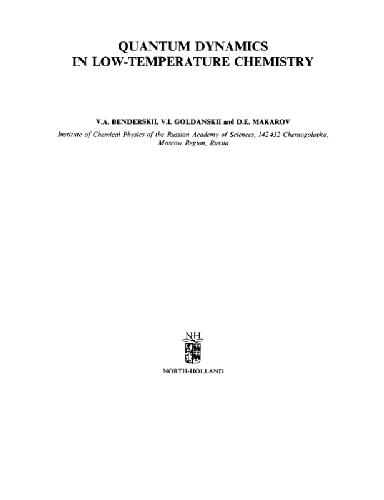
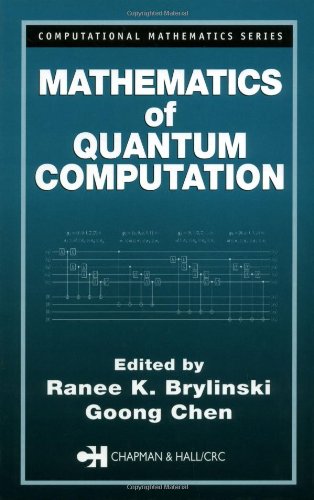
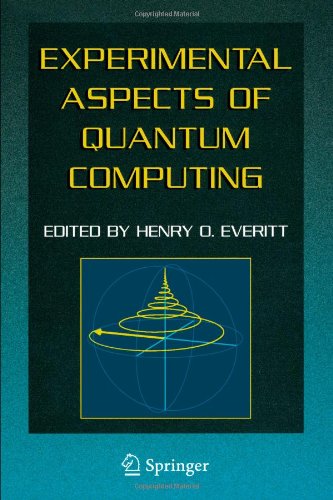


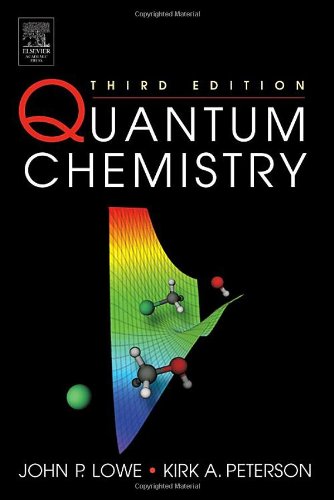
Reviews
There are no reviews yet.